Optimal Timing for Cedar Shake Roofs
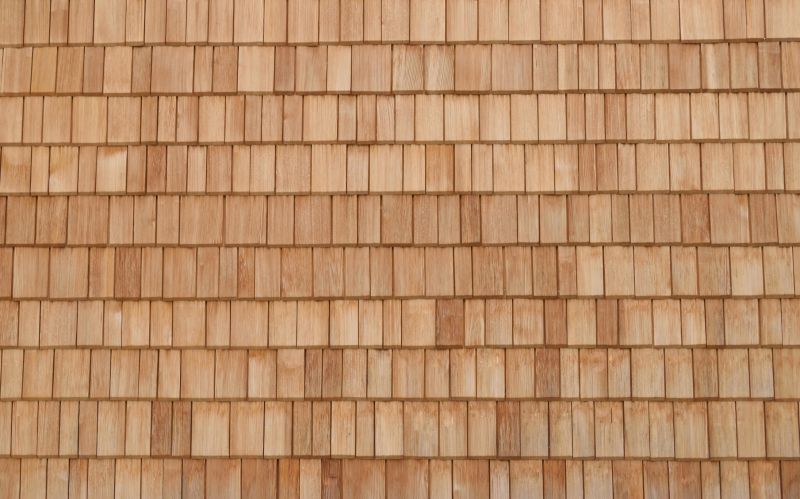
Spring offers moderate temperatures ideal for cedar shake installation, reducing the risk of warping or cracking.
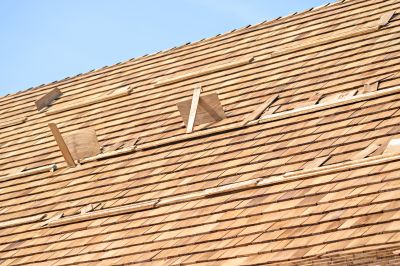
Summer's warm weather facilitates effective repairs, but high temperatures should be managed to prevent material damage.
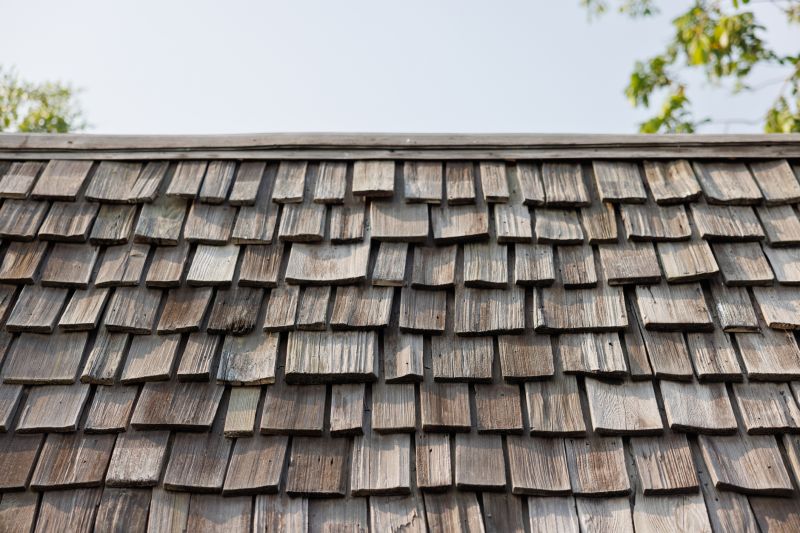
Fall provides cooler conditions that are suitable for repairs and preparation for winter, avoiding extreme cold or heat.
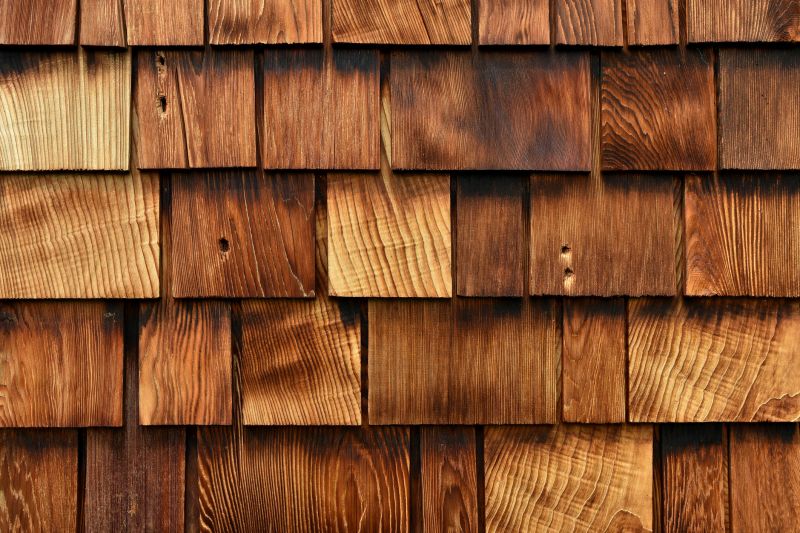
Ways to make Cedar Shake Roof Installation And Repairs work in tight or awkward layouts.
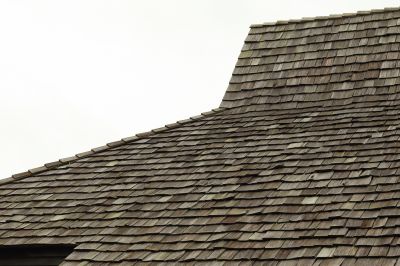
Popular materials for Cedar Shake Roof Installation And Repairs and why they hold up over time.
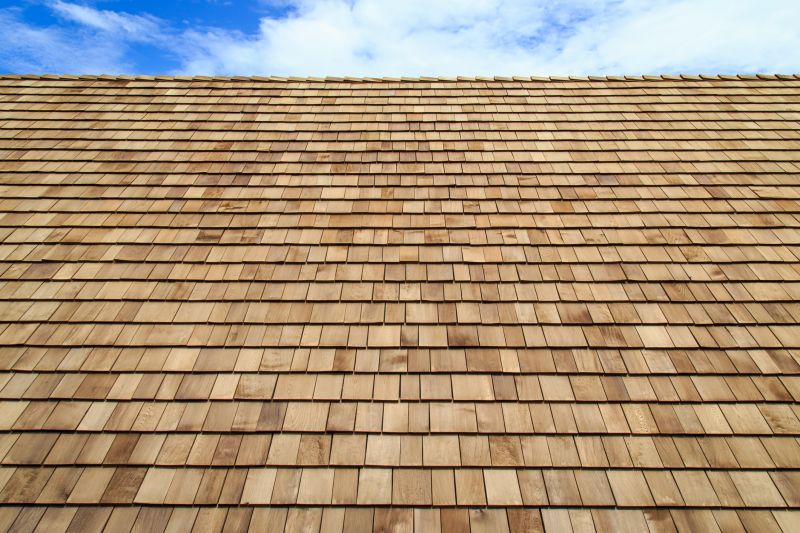
Simple add-ons that improve Cedar Shake Roof Installation And Repairs without blowing the budget.
Cedar shake roof installation and repairs are most effective when performed during seasons with stable weather conditions. Temperature fluctuations can impact the quality of installation and repair work, as cedar is sensitive to moisture and temperature. Proper timing ensures longevity and optimal performance of cedar shake roofing systems.
Statistics indicate that installing cedar shakes in spring or fall can extend the lifespan of the roof by reducing exposure to extreme weather. Optimal conditions minimize the risk of warping, splitting, or moisture-related issues, which are common causes of early deterioration. Seasonal considerations are essential for achieving the best results and maintaining the roof's integrity over time.
Avoid installation or repairs during heavy rain or snow to prevent moisture intrusion and ensure proper adhesion.
Ideal temperatures for cedar shake work are typically between 45°F and 85°F, preventing material warping or cracking.
Scheduling during dry, moderate weather helps prevent damage caused by extreme heat or cold.
Fall is suitable for repairs to prepare the roof for winter conditions, reducing the risk of ice dam formation.
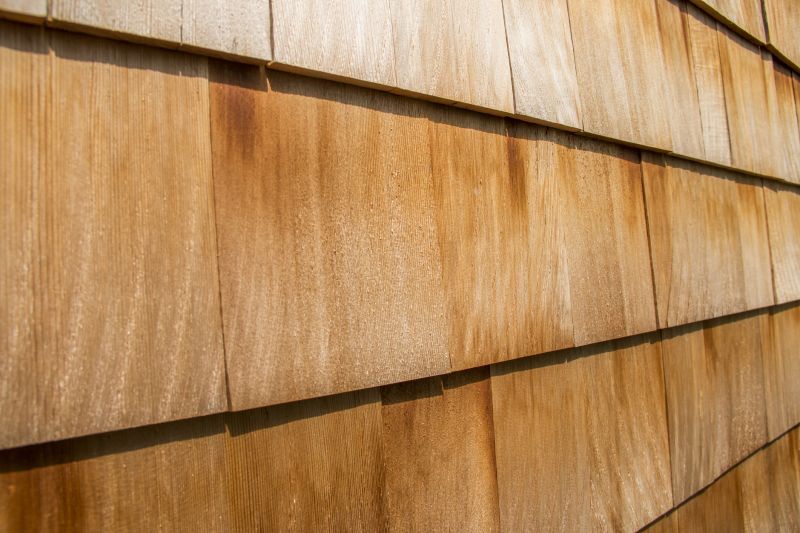
Professional installation during optimal seasons enhances durability.
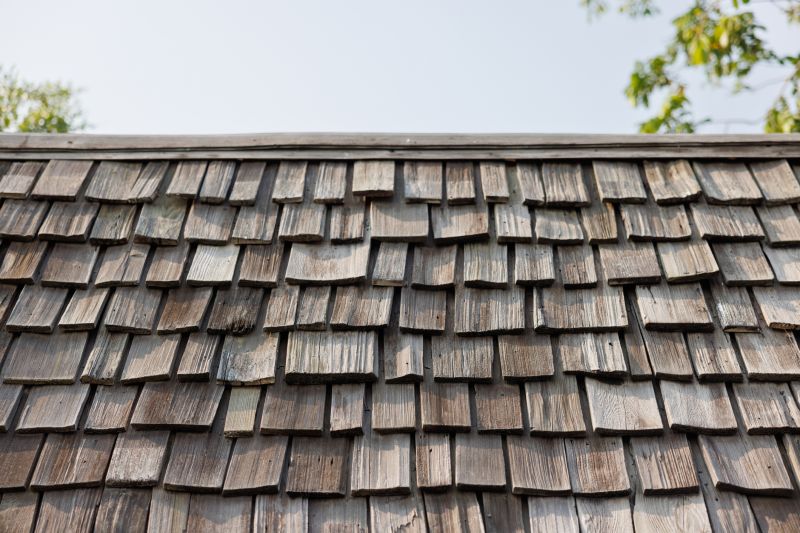
Timely repairs during warm months prevent further damage.
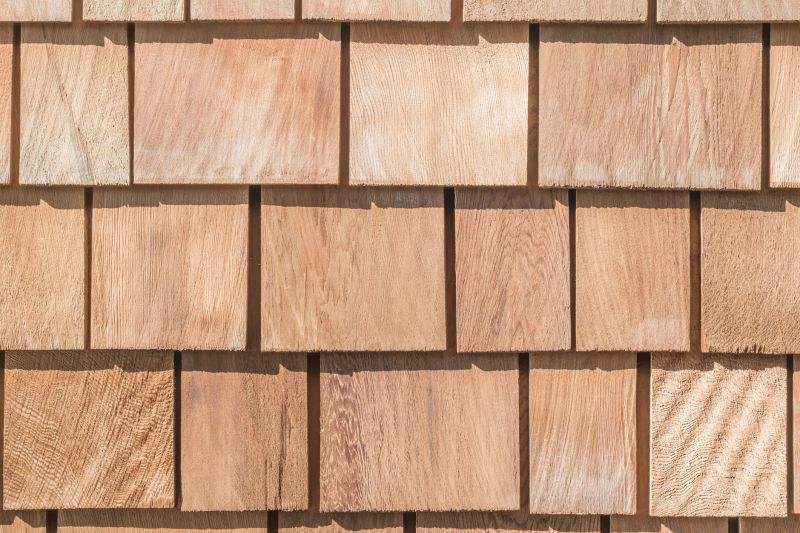
Preparing the roof in fall ensures readiness for winter conditions.
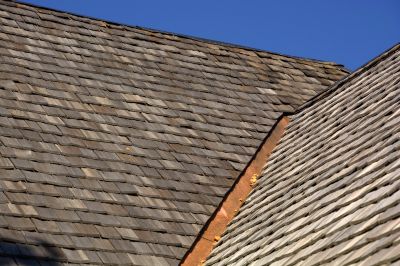
Regular maintenance aligned with seasonal timing extends roof lifespan.
| Season | Recommended Activities |
|---|---|
| Spring | Installation and repairs with moderate temperatures and low humidity. |
| Summer | Repairs and maintenance during warm, dry weather. |
| Fall | Preparation and repairs before winter, avoiding early cold snaps. |
| Winter | Limited activity; focus on inspections and planning. |
| Late Fall | Final repairs and sealing before snow and ice arrive. |
Considering seasonal weather patterns and temperature ranges is essential for cedar shake roof installation and repairs. Proper timing not only improves the quality of work but also extends the lifespan of the roofing system. Scheduling during favorable conditions minimizes risks associated with moisture, warping, and material failure.
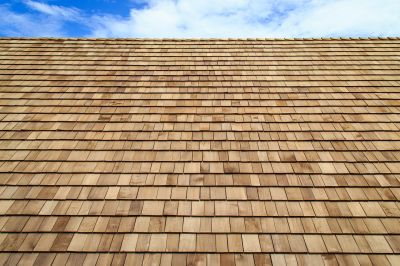
Optimal for installation due to mild weather and low humidity.
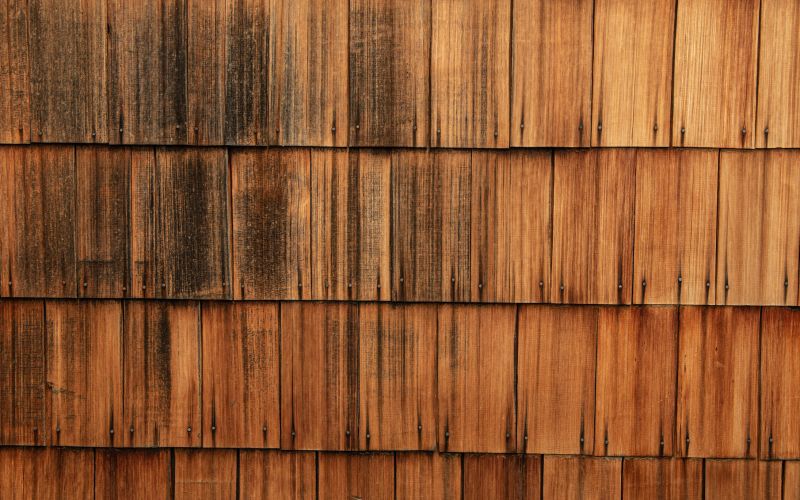
Effective during warm, dry conditions, ensuring proper adhesion.
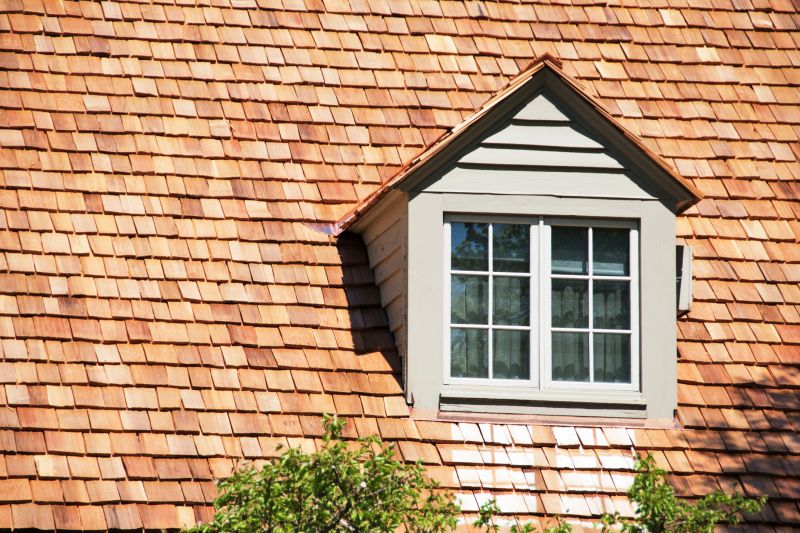
Prepares the roof for winter, reducing potential damage.
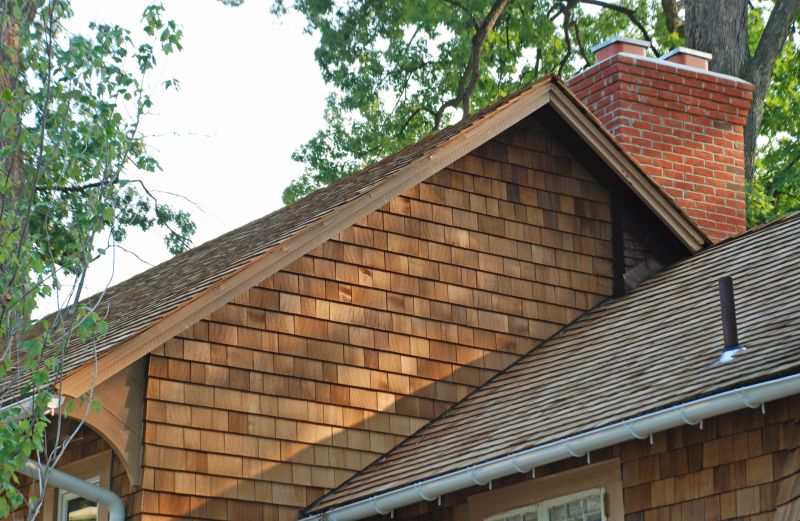
Focus on assessing damage and planning repairs for the upcoming season.
Filling out a contact form can provide guidance on scheduling cedar shake roof installation or repairs at the most suitable time. Proper planning based on seasonal conditions ensures the longevity and performance of cedar roofing systems, contributing to their durability and aesthetic appeal.
